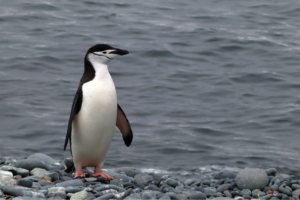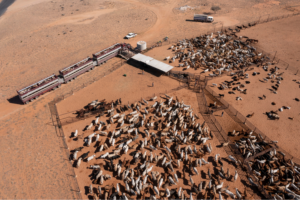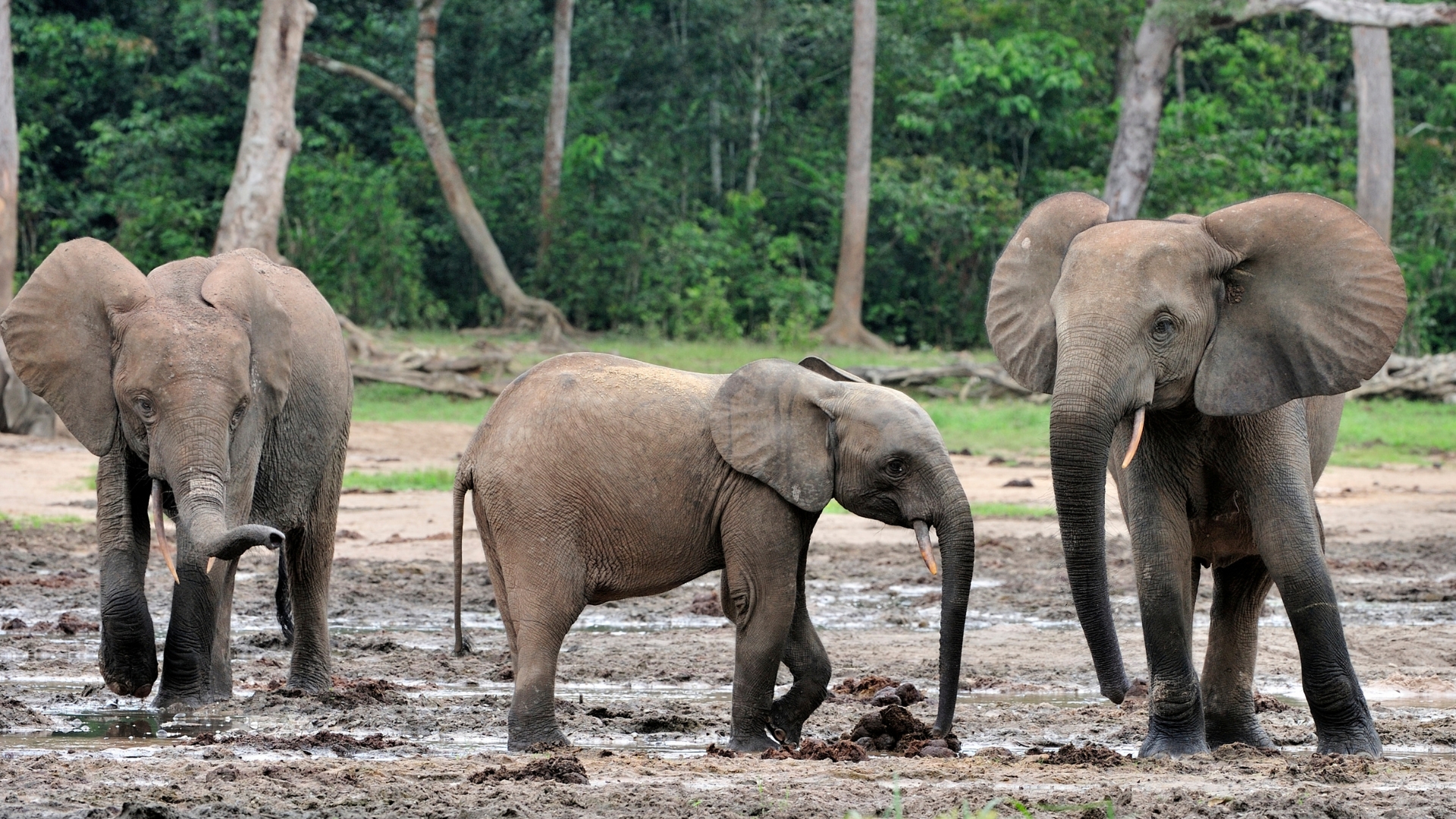Dying planet report? WWF issues dire warning on state of nature
Written by Olivia Nater | Published: October 21, 2024
A new report by the World Wildlife Fund (WWF) reveals, sadly unsurprisingly, that biodiversity loss continues to worsen, and warns that continuing on the current trajectory will trigger catastrophic tipping points.
The 2024 Living Planet Report (LPR), published earlier this month, estimates that vertebrate wildlife populations dropped by an average of 73 percent between 1970 and 2020.
The authors warn that humanity only has a few years left to chart a more sustainable path:
“It is no exaggeration to say that what happens in the next five years will determine the future of life on Earth. We have five years to place the world on a sustainable trajectory before negative feedbacks of combined nature degradation and climate change place us on the downhill slope of runaway tipping points. The risk of failure is real — and the consequences almost unthinkable.”
What is the Living Planet Report?
The LPR monitors the state of around 35,000 populations of more than 5,000 species of amphibians, birds, fish, mammals, and reptiles. It uses an index, the Living Planet Index (LPI), to calculate the change in the sizes of these populations since 1970. The LPR is published every two years, with the first edition dating back to 1998.
How does the 2024 LPR compare to the previous report?
The 73 percent decline in vertebrate wildlife populations reported in the 2024 report is higher than the 69 percent drop between 1970 and 2018 reported in the 2022 LPR. The higher decline in the 2024 report is in part due to more comprehensive data — for the 2024 report, scientists looked at around 3,000 more populations and 250 more species than in the previous report. Another difference is that the 2024 edition includes only native species, whereas the previous report also accounted for the changes in populations of non-native species (which often proliferate and displace native species).
Which species and areas are the worst affected?
Similarly to the previous report, the 2024 LPR shows that populations of freshwater species have suffered the heaviest declines, falling by an average of 85 percent since 1970, followed by terrestrial (69 percent) and marine populations (56 percent).
The worst affected region was Latin America and the Caribbean, which experienced a staggering 95 percent decline in vertebrate wildlife populations, followed by Africa (76 percent), and Asia and the Pacific (60 percent).
Reported declines were smaller in North America (39 percent), and in Europe and Central Asia (35 percent), but the authors point out that significant nature loss had already happened in these areas well before 1970, while conservation efforts in more recent decades have helped slow the decline.
Drivers of decline
Once again, habitat loss was identified as the most important driver of wildlife loss in all areas, which in turn was primarily driven by conversion of land to agriculture. The second most important driver was overexploitation of species (for food, commercial purposes, etc.). Other major threats include invasive species and disease, climate change, and pollution.
 Freshwater species are so heavily impacted because wetlands are being drastically altered by human activities. The report highlights the example of Chinook salmon in the Sacramento River, whose numbers have dropped by 88 percent between 1970 and 2022 due to the construction of dams which block access to their historical spawning habitats.
Freshwater species are so heavily impacted because wetlands are being drastically altered by human activities. The report highlights the example of Chinook salmon in the Sacramento River, whose numbers have dropped by 88 percent between 1970 and 2022 due to the construction of dams which block access to their historical spawning habitats.
Critically endangered African forest elephants are an example of a species decimated by overexploitation. The report states that in Gabon’s Minkébé National Park, forest elephant populations plummeted by 78-81 percent between 2004 and 2014 due to poaching for the ivory trade.
Climate change is a major factor for many coastal and marine species. The report states that 94 monitored colonies of chinstrap penguins across the Antarctic experienced an average decline of 61 percent between 1980 and 2019. This decline is attributed to changes in sea ice and shortages of krill due to warming sea temperatures.
Heading towards tipping points
Humanity’s continued failure to end our assault on nature means we are rapidly approaching several major global tipping points which, if triggered, would have severe implications for all life on Earth. These include the mass die-off of coral reefs, the collapse of the Amazon rainforest’s carbon store, large-scale thawing of permafrost, the permanent disruption of ocean currents that are key to maintaining weather patterns, and the melting of the Greenland and West Antarctic ice sheets (which would cause catastrophic sea level rise).
The LPR states we’re also approaching many smaller-scale tipping points at local and regional levels. In western North America, for example, the combination of invasive pine bark beetles and more frequent and devastating fires due to climate change could cause the replacement of native pine forests with shrubland and grassland.
International agreements not being implemented
There are several major international agreements to fight climate change and biodiversity loss, including the Paris Agreement, which sets the goal of limiting global temperature rise to 1.5°C; the Sustainable Development Goals (SDGs), which lay out the overall aim of a good quality of life for all on a healthy planet by 2030; and the Kunming-Montreal Global Biodiversity Framework (GBF), which calls for 30 percent of land, freshwater, and sea areas to be protected by 2030.
The LPR warns that despite these global ambitions, actions fall far short of what is needed to make them reality. The majority of SDG targets will be missed, with progress on 30 percent of them either stalled or getting worse, while existing national climate commitments put us on track for a disastrous average global temperature increase of almost 3°C by century’s end. Currently, just 16 percent of lands and 8 percent of oceans are designated as protected, and the authors note that many of these areas are ineffectively managed.
Solutions
The LPR identifies three key “systems” that need to be radically transformed in order to chart a more sustainable path: food, energy, and finance.
 For example, as a staggering 82 percent of all agricultural lands are used to feed livestock, and an estimated 30 to 40 percent of all produced food is never eaten, the authors recommend reducing the consumption of animal products in wealthy nations as well as working to end food waste.
For example, as a staggering 82 percent of all agricultural lands are used to feed livestock, and an estimated 30 to 40 percent of all produced food is never eaten, the authors recommend reducing the consumption of animal products in wealthy nations as well as working to end food waste.
The report also urges the acceleration of the energy transition to fight climate change — the authors state, for example, that by 2030, renewable energy needs to be tripled, energy efficiency needs to be doubled, and fossil fuel use needs to decrease by 70 percent.
On finance, the report calls for divestment from harmful activities (such as fossil fuel exploitation) and redirecting funding towards business models and activities that help the environment.
Disappointingly, the report only briefly touches on the need to tackle the root drivers of environmental degradation, including human population growth. It admits that no conservation measures “can be successful if we don’t address the root causes of nature degradation. These include consumption and production patterns, human population dynamics and trends, trade, technological innovations, and inadequate or failed local to global governance.”
Ending human population growth and unsustainable consumption are essential — without these actions, all other environmental measures will, at best, offer only a temporary slowdown of biodiversity loss and climate change.

